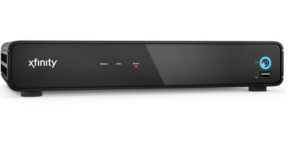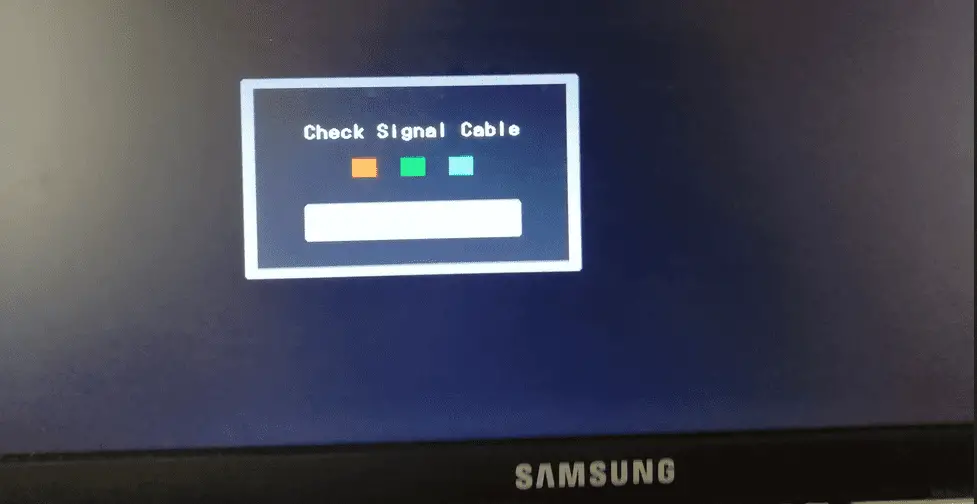Cable boxes have become an indispensable part of our lives, giving us access to hundreds of channels and the flexibility to watch our favorite shows and movies on demand. Cable boxes provide a wide range of benefits and features that make them an ideal choice for those who want an easy way to access their favorite content.

One of the primary benefits of cable boxes is convenience. With a single device, you can quickly access your favorite shows and movies from any room in your home. You can easily change channels, control volume, and pause or rewind live programs with just a few clicks. This makes it easy to catch up on episodes you may have missed or watch your favorite shows while multitasking.
Another advantage of cable boxes is superior picture quality compared to streaming services or broadcast television. Cable companies can offer higher-resolution images because they deliver digital signals directly into homes through coaxial cables rather than relying on compressed internet signals, as many streaming services do. This means that viewers can enjoy crystal-clear images without worrying about buffering or other interference types common with online streaming services.
Cable boxes also give users more options in terms of content selection than standard broadcast television or streaming services alone can offer. In addition to watching traditional broadcast shows and movies, customers can enjoy interactive content like on-demand programming, pay-per-view events, and premium channels like HBO and Showtime, which are not typically available via streaming services.
Furthermore, cable boxes come with built-in DVR technology, allowing users to record their favorite shows for later viewing. This feature takes the hassle out of remembering when programs air so that you never again miss an episode due to conflicting schedules or being away from home when it airs. It also makes it possible to watch multiple live shows simultaneously by recording one show while watching another in real time – a feature not available through traditional broadcast television or most streaming services.
Lastly, cable boxes often include features like voice recognition software, which allows users to control their TV using natural language commands such as “record this show” or “search for comedies.” This adds another layer of convenience as users no longer need to struggle to navigate complex remote controls – making it even easier to find what they’re looking for quickly without sacrificing picture quality.
Does a Smart TV Need a Cable Box?
A Smart TV does not require a cable box to work, but it does depend on your cable provider. For example, you won’t need a separate cable box when you have a Smart TV because it supports an app for streaming content from major networks such as Netflix or Hulu. However, if you have only primary cable channels unavailable through those services, you would need a cable box to access them.

Whether or not your Smart TV needs a cable box depends on its features. Some televisions have built-in Wi-Fi and can support streaming apps like YouTube and Netflix.
In my opinion, the cable box is necessary to maximize Smart TV benefits because:
- A cable box can connect your Smart TV to fast internet
- You will be able to watch cable programs and significant TV programs.
- Using fast internet from a cable box, you can connect your smart TV to various apps such as YouTube, Netflix, Hulu, etc.
To access these services without needing other equipment, you only need an internet connection and the proper accounts. Other Smart TVs may come with digital tuners, allowing them to receive digital signals sent over coaxial cables by your service provider to stream free over-the-air broadcasts. With this type of television, you won’t need an external receiver or converter box because it will directly pick up signals from the cable company.
Please read our article if you need to fix CUC on the cable box.
Suppose your Smart TV only has basic options, such as analog inputs for watchable channels like those provided by antennas or satellite providers. In that case, you will need a separate set-top box to view them properly. Your service provider often offers this set-top box with a remote control to switch between channels effortlessly.
The main benefit of this type of setup is that it allows customers to record their favorite shows onto their hard drives so they can watch them whenever they want instead of relying on when their performances air live on television.
For those who don’t want the hassle of having multiple devices connected to their television, some models offer built-in DVR capabilities that allow them to record programs onto their hard drive without needing any other hardware attached to their TV. These are great for watching movies or sports events since they let users pause and rewind live events without missing out on essential parts of the show due to commercial breaks or interruptions in coverage.
In conclusion, whether or not your Smart TV requires an external device such as a set-top box depends mainly upon its functionality and what kind of content it provides access to. If it offers streaming apps like Netflix or Hulu, then no additional hardware is required; however, if it’s limited in terms of its input/output capabilities, then a separate device may be necessary to view certain types of content, such as over-the-air broadcasts or premium channels offered by many service providers today.
Whatever type of setup you decide upon, just be sure to read up on all the details before making any purchases so that you know exactly what kind of equipment will be needed for optimal viewing experiences!
- 6 Proven Ways SaaS Founders Actually Get Customers (With Real Examples) - December 17, 2025
- Facebook Ads to Get Followers! - December 27, 2024
- ClickUp vs. Slack - December 20, 2024






